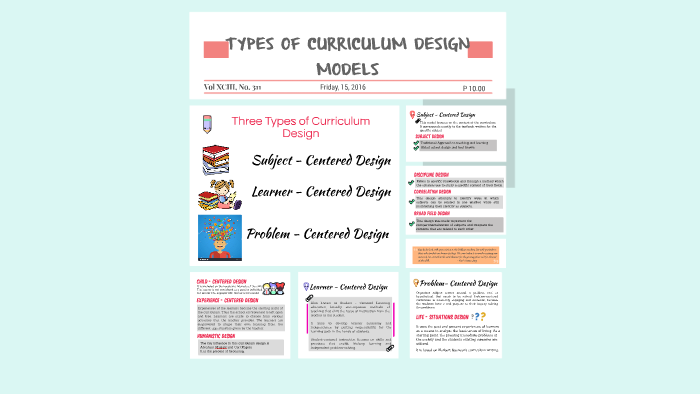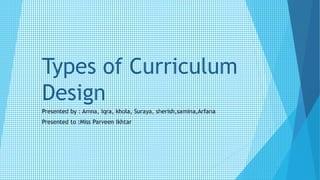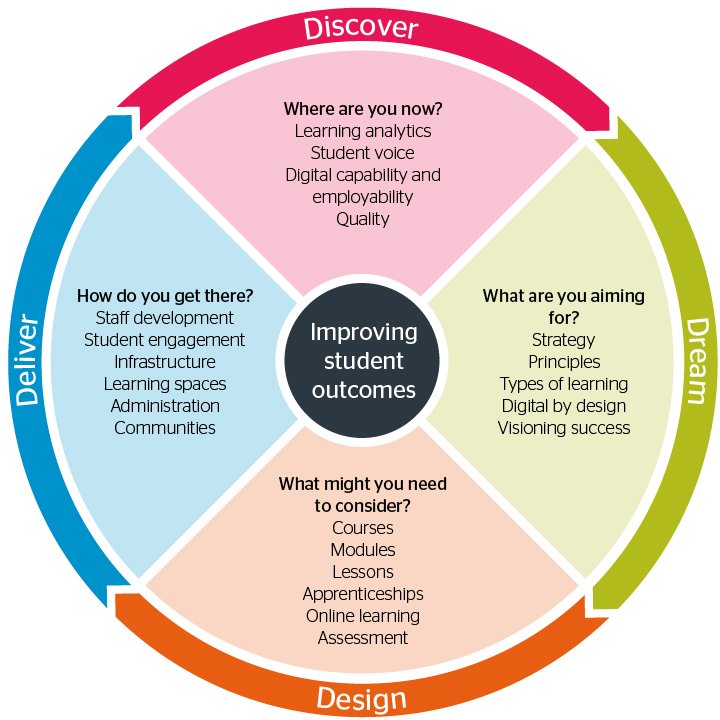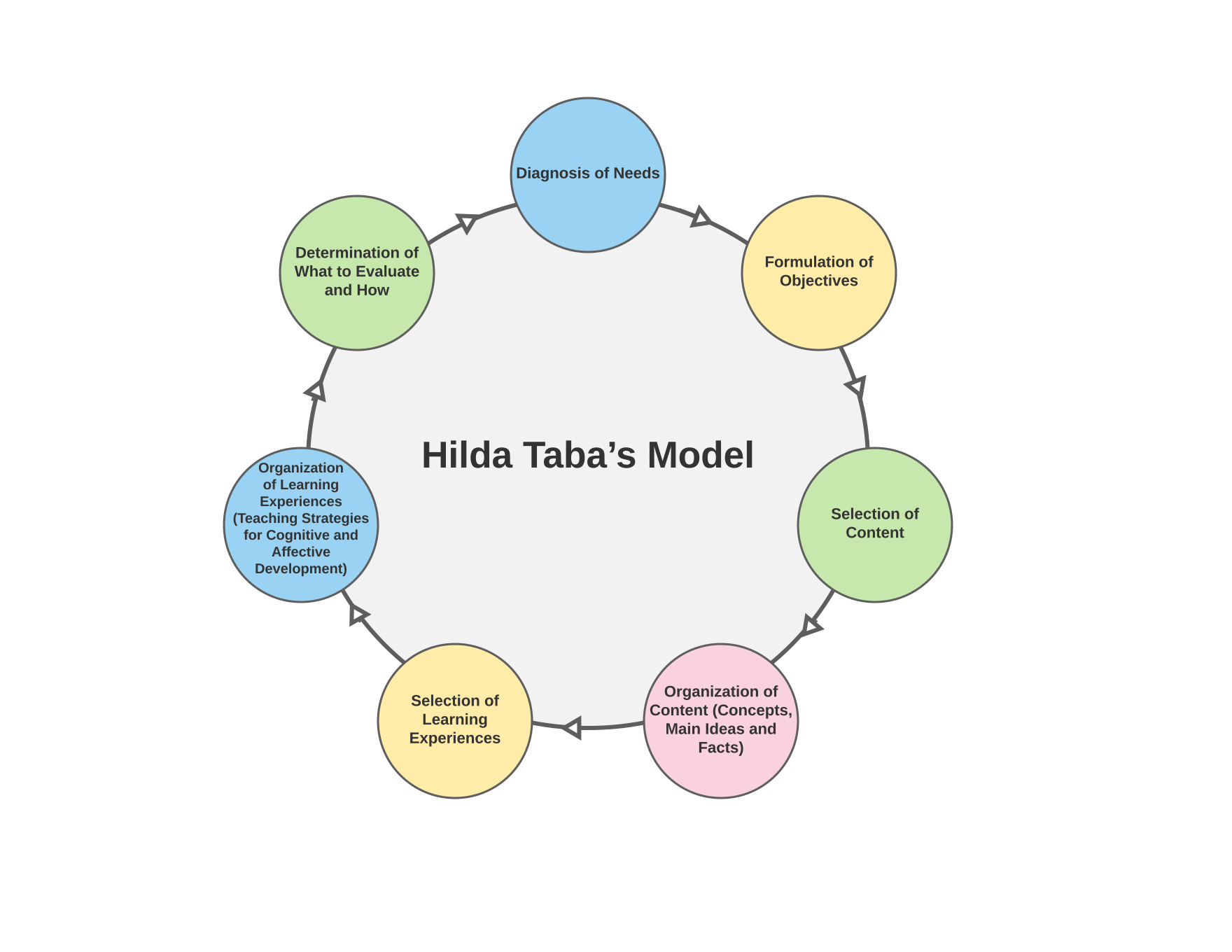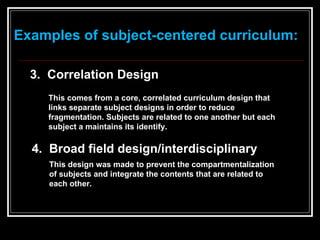There are various types of curriculum design that educators and educational institutions can use to structure and organize the content and learning experiences of their courses. Some common types of curriculum design include subject-centered, learner-centered, problem-based, and integrative.
Subject-centered curriculum design is based on a specific subject or discipline, such as math, science, or history. In this type of curriculum design, the content is organized according to the subject matter, and the learning objectives are centered around the knowledge and skills related to that subject. This type of curriculum design is often used in traditional education settings, where the focus is on imparting knowledge and skills in a specific subject area.
Learner-centered curriculum design, on the other hand, focuses on the needs and interests of the individual learner. In this type of curriculum design, the content is customized to meet the specific needs and goals of each learner, and the learning process is centered around the learner's experiences and needs. This type of curriculum design is often used in more flexible and personalized learning environments, such as online courses or self-directed learning programs.
Problem-based curriculum design involves using real-world problems or challenges as the starting point for learning. In this type of curriculum design, the content is organized around a specific problem or challenge that students are asked to solve or address. The learning objectives are centered around developing the skills and knowledge needed to solve the problem, and the learning process is centered around the problem-solving process itself. This type of curriculum design is often used in experiential learning environments, such as internships or service learning programs.
Integrative curriculum design involves integrating different subjects or disciplines into a cohesive learning experience. In this type of curriculum design, the content is organized around a central theme or concept that crosses traditional subject boundaries. The learning objectives are centered around developing a deeper understanding of the theme or concept, and the learning process is centered around exploring the connections between different subjects or disciplines. This type of curriculum design is often used in interdisciplinary or thematic learning environments, such as liberal arts colleges or project-based learning programs.
Each type of curriculum design has its own strengths and limitations, and the best approach for any given course or program will depend on the specific goals, needs, and context of the learners and the learning environment. However, regardless of the type of curriculum design chosen, the most effective learning experiences will be those that are well-organized, aligned with the learning objectives, and responsive to the needs and interests of the learners.
